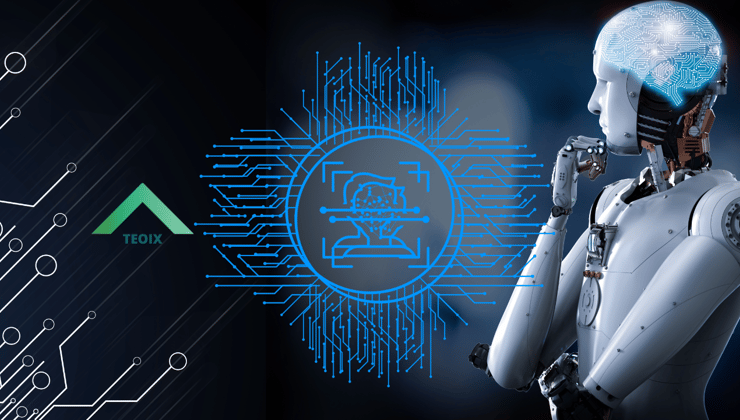Unlocking Insights with Named Entity Recognition (NER) in AI
ARTIFICIAL INTELLIGENCE
5/11/20242 min read


Named Entity Recognition (NER) shines a light on the riches hidden in textual data, helping AI find its way through the massive ocean of data. Identifying and categorizing identified entities referenced in unstructured text into predetermined categories, such as people, organizations, locations, dates, and more, is known as natural language recognition (NER), a core task in natural language processing (NLP).
Fundamentally, NER teaches computers to identify and classify objects that are mentioned in text so they can comprehend the context and derive insightful information. NER is essential to many applications across industries, whether it is parsing medical records, evaluating customer feedback, or extracting critical information from news articles.
There are usually multiple steps in the NER process. First, preprocessing is done on the text to get rid of extraneous information and noise. Next, the text is analyzed by the NER model, which finds word sequences that correspond to designated entities. Then, using machine learning methods like rule-based systems, statistical models like Hidden Markov Models (HMMs), or more sophisticated deep learning approaches like recurrent neural networks (RNNs) and transformers, these things are categorized into predetermined categories.
One of the main issues with NER is managing linguistic ambiguity and variances. For example, different names or aliases may be used to refer to the same entity, and contextual cues may be necessary to distinguish between them. Furthermore, for NER models to be genuinely successful and adaptable, they must generalize effectively across various domains and languages.
Notwithstanding these difficulties, NER has many advantages. Organizations can improve search capabilities, automate data entry procedures, expedite information retrieval, and obtain deeper insights from massive amounts of text data by automatically recognizing and classifying named things. In the area of customer service, NER can assist companies in comprehending client questions more thoroughly and deriving useful insights to raise the caliber of their offerings. NER assists in the extraction of useful data from medical records, supporting research and clinical decision-making in the healthcare industry.
The capabilities of NER will grow in tandem with the advancement of AI. NER models are getting more and more reliable as a result of the widespread use of deep learning methods and the abundance of annotated data. Furthermore, even more advanced AI applications could be possible with the integration of NER with other NLP tasks like sentiment analysis and question answering.
To sum up, Named Entity Recognition (NER) is a fundamental component of AI-driven text analysis that makes it possible for computers to extract meaning from textual input. The influence of NER technology will only increase as it develops further, enabling businesses to gain practical insights and make better decisions.


